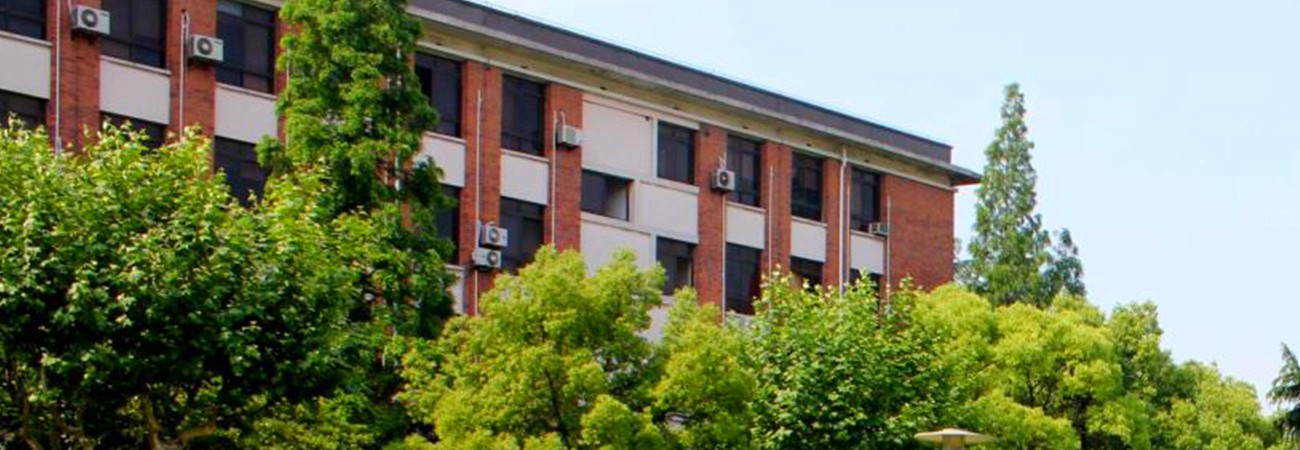Imaging molecules and cells at high spatiotemporal resolution throughout whole living organisms
Speaker: Kai Wang
Janelia Research Campus, Howard Hughes Medical Institute, Ashburn, USA
Abstract: Much of our knowledge of the structural/functional relationships within cells comes from images of immortalized cells cultured on glass substrates. This obviously artificial setting is chosen because it is tractable for standard research-grade microscopes. Imaging at diffraction-limited resolution or even superresolution in the more relevant context of whole living organisms, where cell-cell interactions play crucial roles, is far more difficult, due to the heterogeneity of cell morphologies within tissues and the additional heterogeneity of sub-cellular domains within each cell. These cause the light rays that normally converge to a sharp focus to instead warp in unpredictable ways, producing an extended, aberrated excitation region that yields images of low resolution, reduced signal, and high background. To address this issue, I have developed an adaptive optical microscope to correct sample induced aberrations dynamically, providing high resolution images with large field of views at depth. After compensating the aberration, we demonstrated in vivo high resolution imaging over large volumes in the brains of zebrafish, fruit fly, and mouse. This technique can be further combined with our recently developed lattice light sheet microscope to enable high resolution, fast and minimal invasive imaging of molecules and cells in whole living organisms.
Kai Wang is a post-doctoral research fellow at Howard Hughes Medical Institute Janelia Research Campus. His research interests lie at the interface of electrical engineering, nanotechnology, optics and biomedical sciences. He received his B.S. in Electrical Engineering at Tsinghua University in Beijing and pursued his PhD in the School of Engineering and Applied Sciences at Harvard University. His PhD work on biophotonics and nanophotonics has been published and featured on journals and magazines, such as Nature Nanotechnology, Nature Communications, Nanoletters and Optics & Photonics News. Kai later came to Eric Betzig’s Lab at Janelia to work on advanced bioimaging technologies. The adaptive optical microscope and lattice light sheet microscope he developed can significantly extend penetration depth, spatiotemporal resolution, and imaging duration for brain imaging and live cell imaging. These new imaging methods, which were published on Science and Nature Methods, have attracted many biologists worldwide and been transferred to more than 10 academic institutions.
时间:2015-6-2星期二下午1:30
地点:物理楼138室

 复旦主页
复旦主页 实验室安全
实验室安全 复旦邮箱
复旦邮箱 办事大厅
办事大厅

